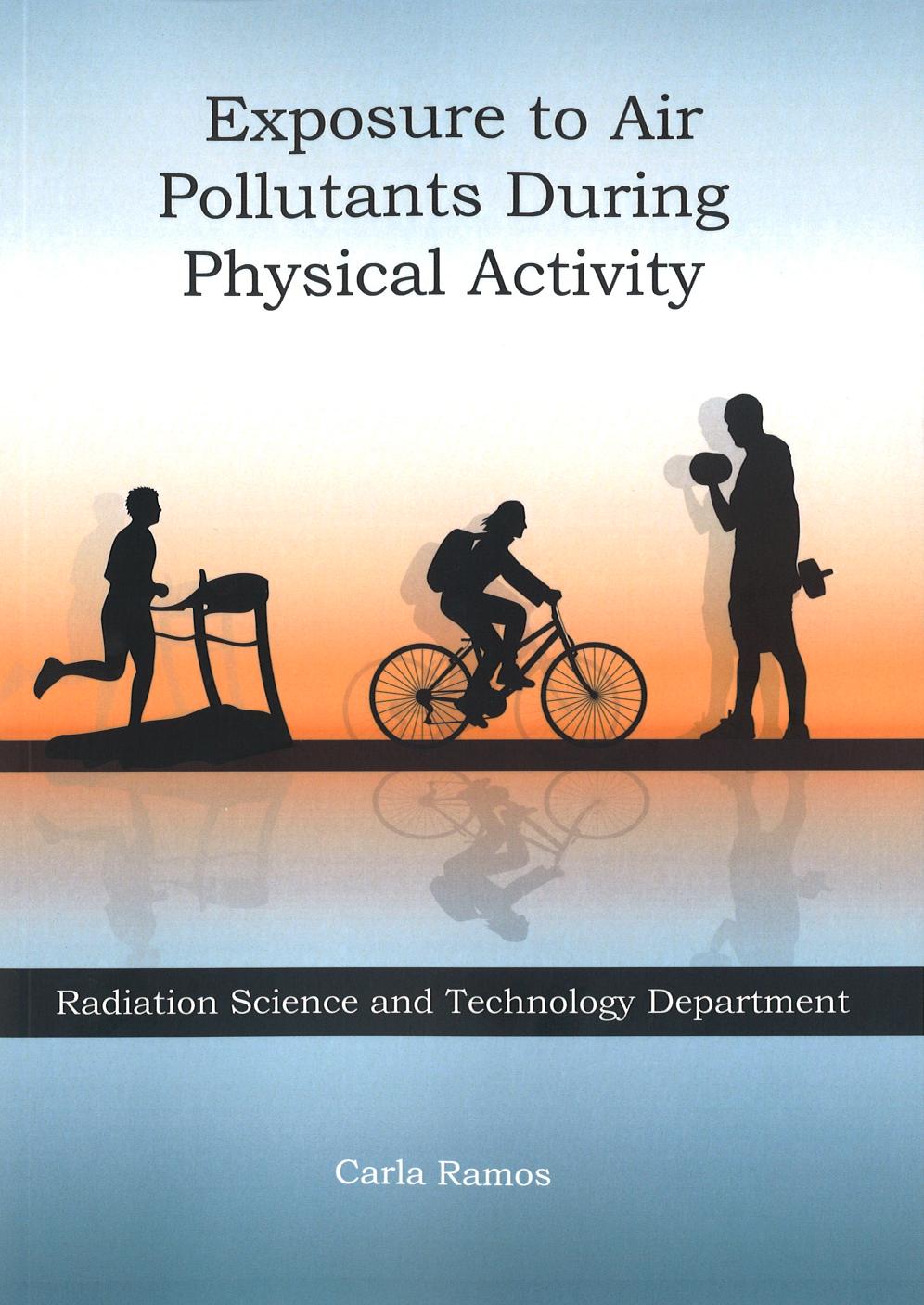Foi publicado o livro “Exposure to Air Pollutants During Physical Activity” da autoria de Carla Ramos, licenciada em Saúde Ambiental pela Escola Superior de Tecnologia da Saúde de Lisboa (ESTeSL).
Este livro, que resulta da sua tese de doutoramento, tem em conta o estudo da exposição humana a poluentes atmosféricos durante a atividade física, seja em ambientes exteriores ou interiores.
The context for this thesis is the concern that people who practice physical activity are more susceptible to air pollution. For the studies presented here, three perspectives of physical activity were considered: in indoor, i) physical activity in fitness centers; in outdoor ii) the use of bicycle in cycle paths; and iii) active transportation. Knowing the effects that air pollution has in the respiratory function, the increased V? (Minute Ventilation) that practitioners experience during exercise, lead to higher inhaled doses of air pollutants. The primary aim of this thesis is to provide information that is needed to deal with air pollutants and to come to better and healthier choices while practice physical activity in indoor and outdoor environments. It is clear that the sport facilities have to be correctly designed, with the aim of reduction of risk exposure and enhancing the benefits of exercise. Chapter 1 summarizes the context for air quality and physical activity, clarifies their relations, and addresses the most relevant topics interpreted in this thesis.
Chapter 2 evaluates the exposure of sport practitioners to air pollutants and their inhaled doses. To achieve this goal, IAQ (Indoor Air Quality) parameters and V? were assessed in eleven fitness centers in Lisbon. After that, the IAQ in three fitness centers was monitored during one week to recognize temporal variations of pollutants and identify pollution sources. The novelty introduced in this chapter was the estimation of the inhaled doses for the typical indoor air pollutants during an aerobic and a holistic fitness class.
Chapter 3 assesses the exposure and the dose to air pollutants while using cycle paths. For this, three different cycle paths in Lisbon were chosen and two complementary techniques were used: the instrumental sampling to evaluate particles (PM: particulate matter) and biomonitoring with lichens to obtain the elemental concentrations along the cycle paths. Pollutant maps were created for particles and for the elemental concentrations in order to visualize spatial distribution of pollutants. Chapter 4 focuses on the alternative mode of active transportation in cities. A typical route of Lisbon was selected to assess five air pollutants in five periods of the day, to observe the variation of those pollutants during the day. The exposure and the inhaled doses during the use of bicycle were compared with the use of motorized modes of transport (car, moto, bus and metro). The pollutant maps were performed for bicycle concentrations to identify the hotspots along the route. Chapter 5 provides an overall discussion and main outcomes of the thesis. 140With the integrated approach given on this thesis, new information on IAQ constrains in fitness centers, and data on V? during fitness classes was presented. New information on what contributes to personal exposure during cycling and the contrasts between travel modes in relation to active transportation during commuting are brought in this work.
Related item: https://dx.doi.org/10.13140/RG.2.1.4757.8646




